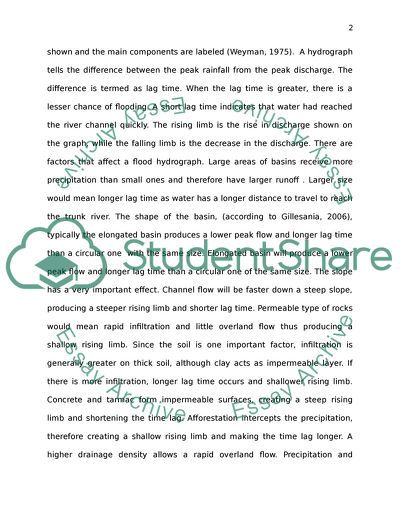Cite this document
(Storm Drainage Design Project Case Study Example | Topics and Well Written Essays - 1750 words, n.d.)
Storm Drainage Design Project Case Study Example | Topics and Well Written Essays - 1750 words. Retrieved from https://studentshare.org/engineering-and-construction/1722457-storm-drainage-design-project
Storm Drainage Design Project Case Study Example | Topics and Well Written Essays - 1750 words. Retrieved from https://studentshare.org/engineering-and-construction/1722457-storm-drainage-design-project
(Storm Drainage Design Project Case Study Example | Topics and Well Written Essays - 1750 Words)
Storm Drainage Design Project Case Study Example | Topics and Well Written Essays - 1750 Words. https://studentshare.org/engineering-and-construction/1722457-storm-drainage-design-project.
Storm Drainage Design Project Case Study Example | Topics and Well Written Essays - 1750 Words. https://studentshare.org/engineering-and-construction/1722457-storm-drainage-design-project.
“Storm Drainage Design Project Case Study Example | Topics and Well Written Essays - 1750 Words”. https://studentshare.org/engineering-and-construction/1722457-storm-drainage-design-project.


